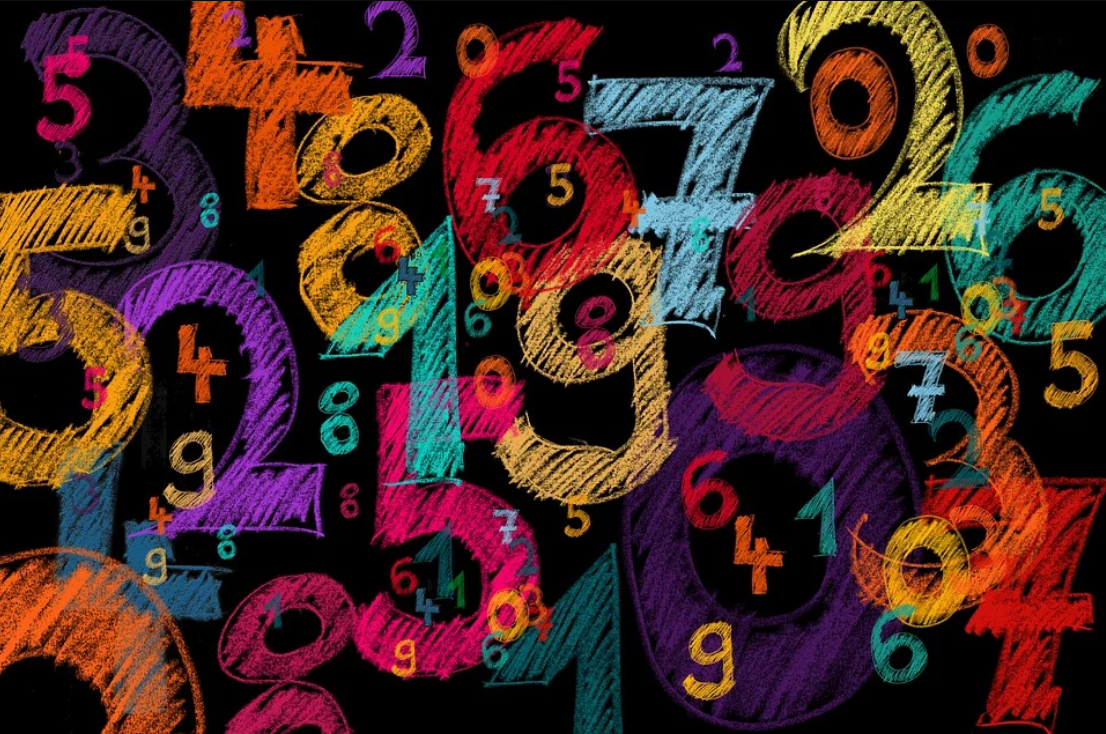When to use Float and Double in Haskell

Float and Double look very similar. But how to decide which one of them to use in Haskell? Is there a difference in performance? Let's examine this questions a bit closer in this article.
First, we need to understand the difference of Float and Double:
I used to forget the definition of both types, mix them and didn't really knew when to choose one of them. Since Haskell is a strongly typed language, I was finally forced to understand and remember those types (and I assume you came here for the same reason :) ).
Float is a type used to represent floating point numbers. The important part here: It's single precision. With this definition it's easy to derive the name Double. It is used to represent floating point numbers as well, but with double precision. Float is in a way the small brother of Double. This is the way I remember the two of them.
Now, which one should I use in my program when writing Haskell applications? Haskell usually uses a 64 bits wide systems native floating-point representation when it sees a Double type. Because of Doubles higher precision compiler writers concentrate more on Doubles efficiency. Having this in mind, it's good practice to use Double in favor of Float.
Thank you for reading this far! Let’s connect. You can @ me on X (@debilofant) with comments, or feel free to follow. Please like/share this article so that it reaches others as well.